Taiwan’s Ministry of the Interior (MOI) has released a draft regulation that aims to require PV installations on most new, expanded, or renovated buildings above a certain size, as part of the country’s efforts to accelerate renewable energy deployment and industrial decarbonization.
The ministry initially published a draft of the “Standards for the Installation of Solar Photovoltaic Power Generation Equipment on Buildings” in the official gazette of Taiwan’s cabinet, the Executive Yuan, in late February 2025. However, Taiwanese media outlets only recently started reporting on the draft proposal, which is related to Article 12-1 of Taiwan’s Renewable Energy Development Act. If enacted, it would require qualifying new, expanded, or renovated buildings above a certain size to install at least 1 kW of solar capacity per 20 square metres of floor area.
Under the proposed rules, installations could be mounted on rooftops, awnings, or ground-level infrastructure. The standards would exclude buildings classified for religious or funeral use, or for hazardous material storage, under Taiwan’s technical building regulations.
However, the ministry said that project developers would be able to apply for exemptions under some specific circumstances. Buildings could potentially be exempt if they receive insufficient annual sunlight, resulting in low power generation. That said, such exemptions would need to be verified by a designated institution. Waivers could also potentially be granted for buildings in which solar installations would not be technically feasible for various reasons, according to the ministry.
MOI’s draft includes 10 sections covering system sizing, technical requirements, safety standards, design and construction compliance, exemption processes, and documentation required for building and usage permits. The ministry said that compliance would be mandatory upon enactment, with the effective date to be determined by the Executive Yuan following a 60-day public consultation period.
The ministry is encouraging stakeholders to submit feedback to Taiwan’s National Land Management Agency.
In February, MOI released a draft rule requiring new buildings and renovations over 1,000 square metres to install rooftop solar, with capacity set at 1 kW per 20 square metres of floor area. The proposal, now under public consultation, forms part of Taiwan’s broader push toward net-zero emissions by 2050.
In March, the Taiwanese government also tightened permitting rules for solar developers by amending its electricity registration regulations to require local explanatory meetings, stricter land-use compliance measures, and standardised municipal reviews. The Taiwanese Ministry of Economic Affairs (MOEA) said the changes are designed to improve transparency and align renewable energy growth with land-use planning needs, community engagement, and environmental standards.
MOEA plans to add 8.2 GW of solar and offshore wind to meet its 20 GW solar goal by the end of 2026. The government said it will set quarterly targets for public projects and retain feed-in tariffs for small PV systems to sustain growth.
This content is protected by copyright and may not be reused. If you want to cooperate with us and would like to reuse some of our content, please contact: editors@pv-magazine.com.

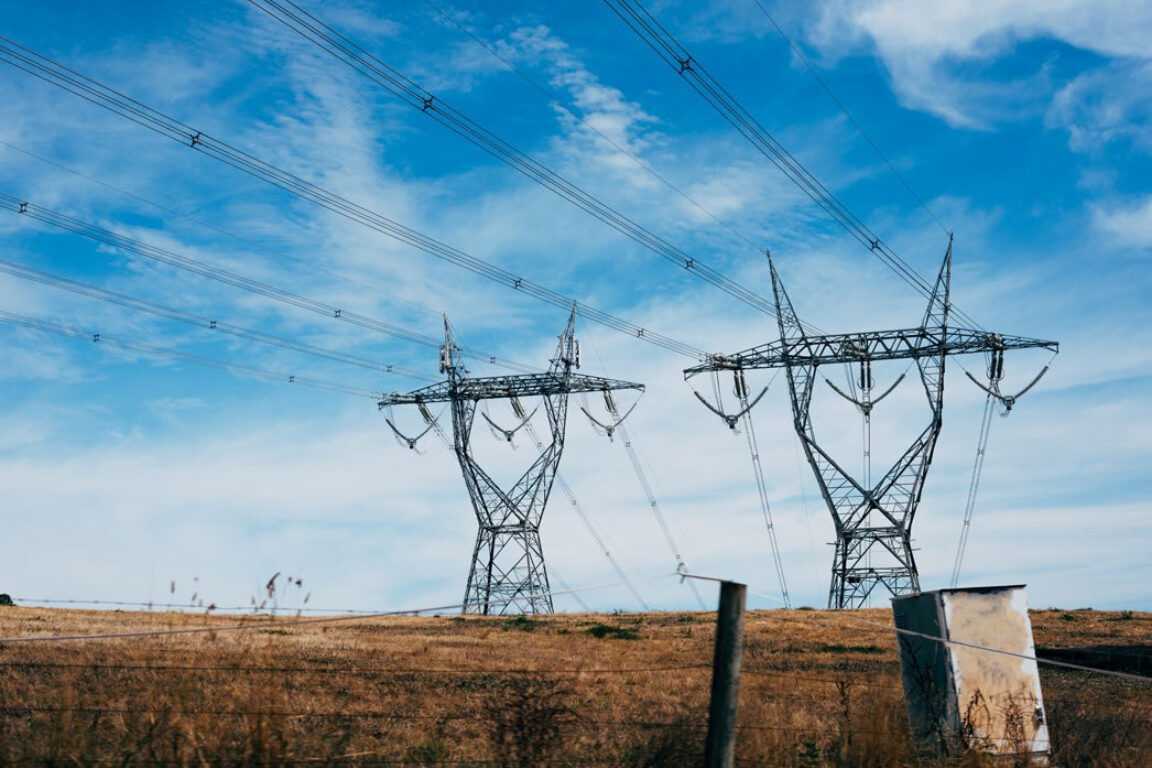

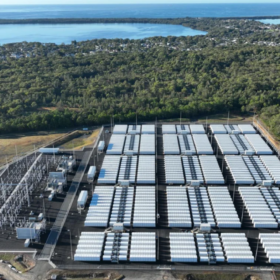
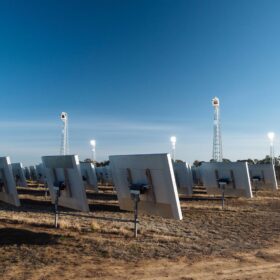

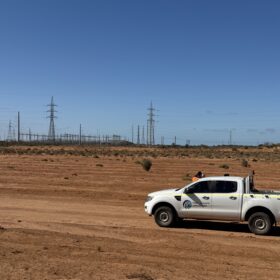
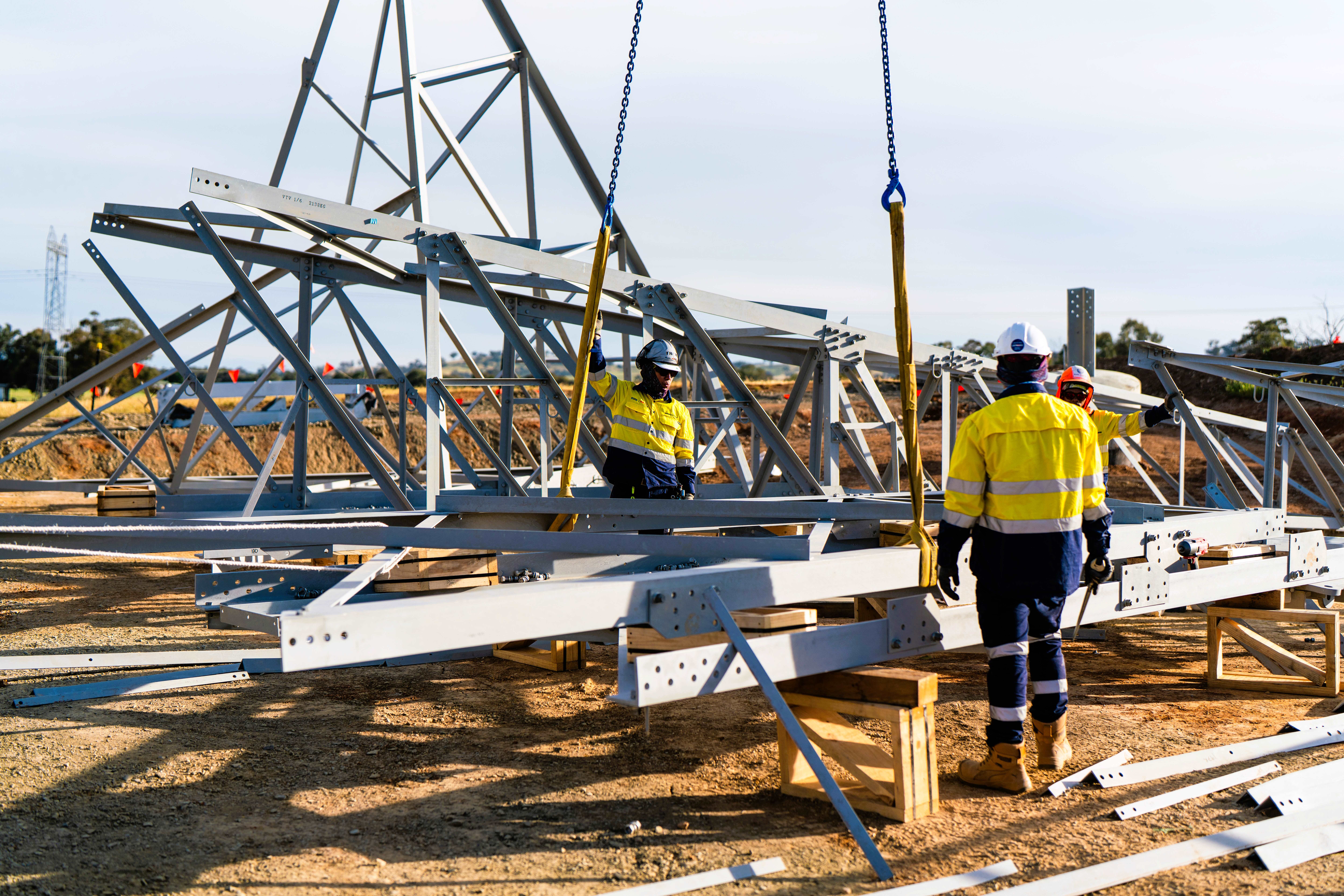
By submitting this form you agree to pv magazine using your data for the purposes of publishing your comment.
Your personal data will only be disclosed or otherwise transmitted to third parties for the purposes of spam filtering or if this is necessary for technical maintenance of the website. Any other transfer to third parties will not take place unless this is justified on the basis of applicable data protection regulations or if pv magazine is legally obliged to do so.
You may revoke this consent at any time with effect for the future, in which case your personal data will be deleted immediately. Otherwise, your data will be deleted if pv magazine has processed your request or the purpose of data storage is fulfilled.
Further information on data privacy can be found in our Data Protection Policy.